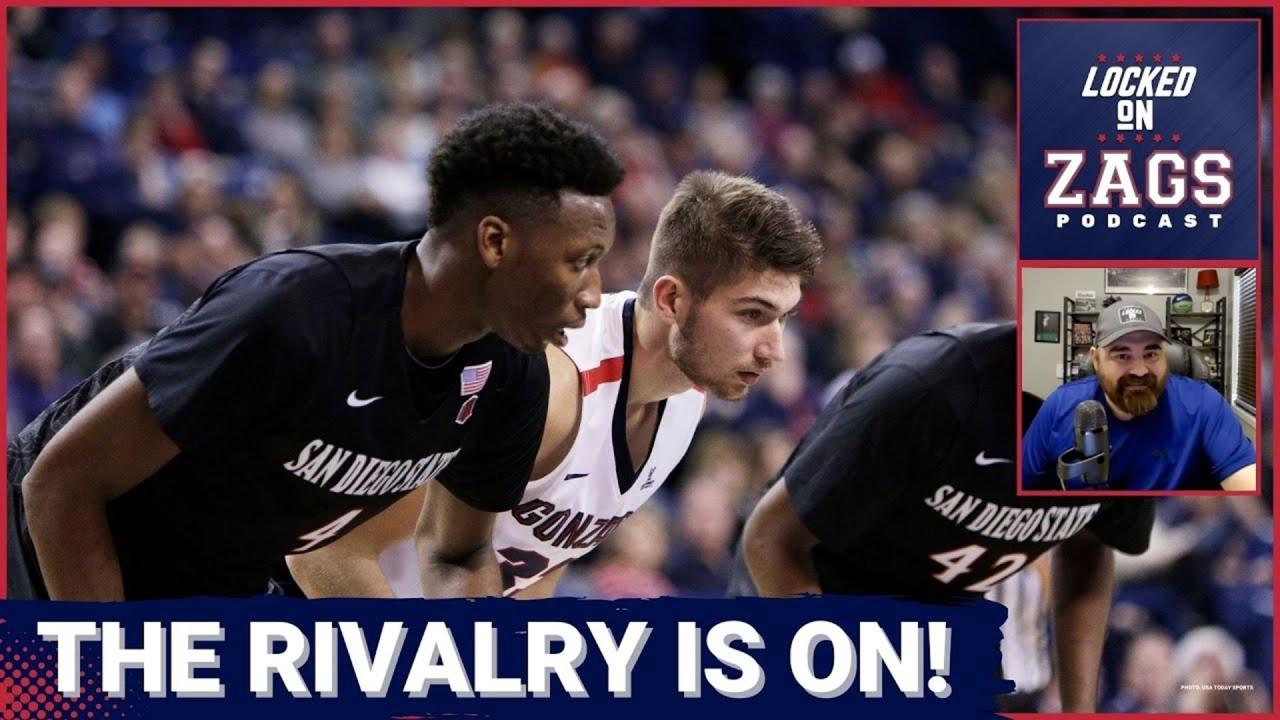Gonzaga basketball plane travel is more than just getting the team from point A to point B; it’s a logistical masterpiece involving meticulous planning, safety protocols, and significant financial and environmental considerations. This journey explores the history, challenges, and impact of the Bulldogs’ air travel, from the types of planes used to the public’s perception and the team’s environmental footprint.
We’ll delve into the behind-the-scenes operations, the economic factors, and even the fan experience connected to these high-flying trips.
This exploration covers everything from the historical use of chartered flights and the logistical hurdles of transporting a large team and their equipment to the economic and environmental impacts of air travel versus alternative modes of transport. We’ll examine media coverage, public perception, sponsorship roles, and even share fan anecdotes to paint a complete picture of Gonzaga basketball’s air travel.
Gonzaga Basketball Team Travel: A Comprehensive Overview: Gonzaga Basketball Plane
Gonzaga University’s men’s basketball team enjoys a national reputation for excellence, and their success extends beyond the court. Their extensive travel schedule, largely reliant on air travel, presents a fascinating case study in team logistics, economic impact, and public perception. This article delves into various aspects of Gonzaga’s air travel, examining its history, logistical challenges, environmental footprint, media portrayal, and fan experiences.
Gonzaga Basketball Team Travel History
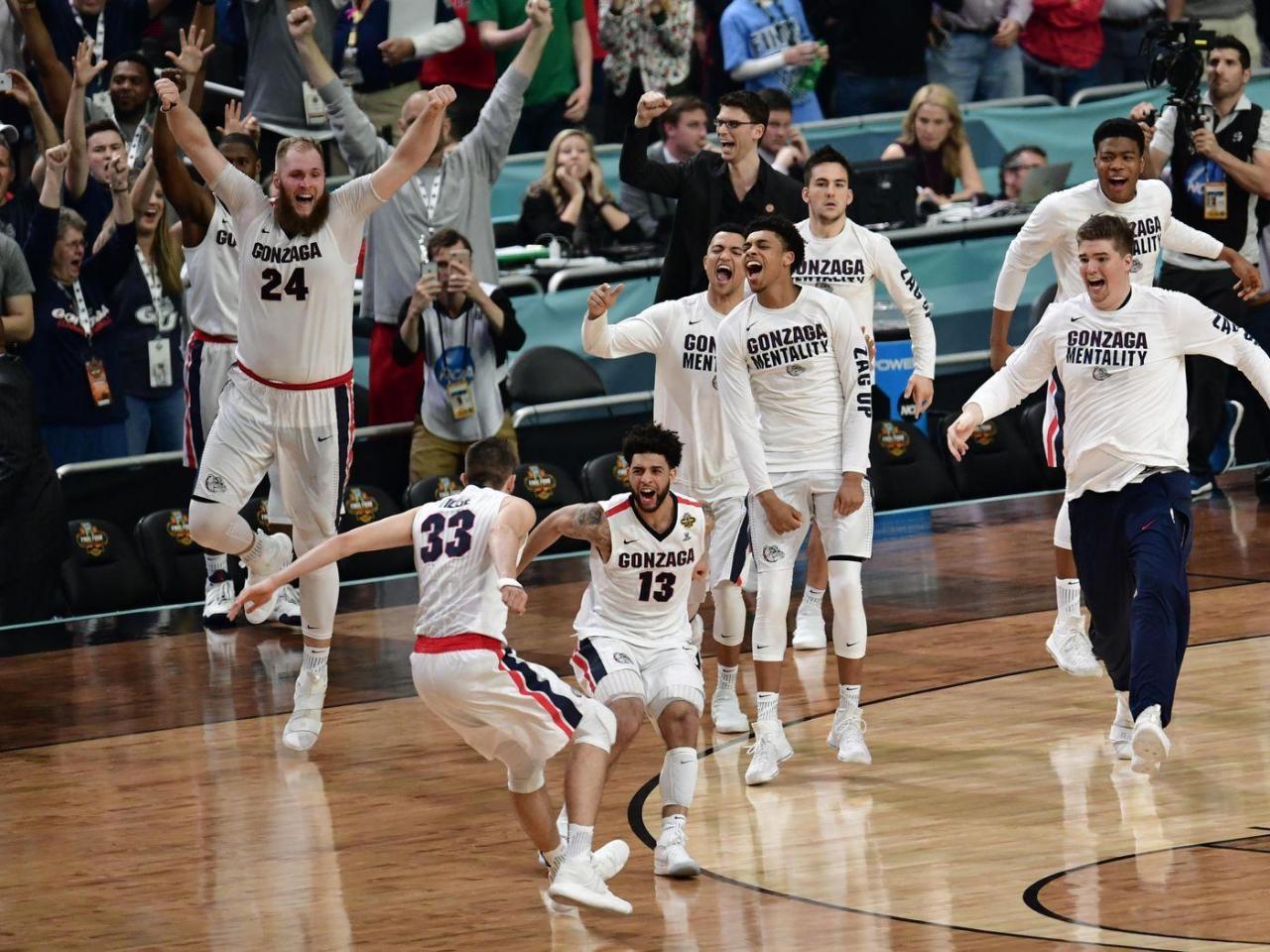
Gonzaga’s use of chartered flights for basketball team travel has evolved significantly over the years, reflecting the program’s rising national prominence and increased travel demands. Initially, commercial flights may have been more common, but as the team’s success grew, the need for more efficient and controlled travel led to a greater reliance on chartered flights.
- Early Years (pre-1990s): Primarily commercial flights for regional games, with limited chartered flights for significant tournaments.
- Rise to Prominence (1990s-2000s): Increased use of chartered flights for conference and national games, reflecting the team’s improved ranking and increased travel distance.
- National Contender (2010s-Present): Consistent use of chartered flights for almost all away games, ensuring player rest and logistical efficiency.
Significant travel events include numerous NCAA tournament appearances, highlighted by multiple appearances in the Sweet Sixteen and Elite Eight, requiring cross-country flights. The team has flown to various locations across the US, including major cities like New York, Los Angeles, and Indianapolis, for both regular season and tournament games.
Aircraft types have varied over time, ranging from smaller regional jets to larger, more luxurious charter planes capable of accommodating the entire team, coaching staff, and support personnel. Larger planes offer increased comfort and space for the players and their equipment, crucial for maintaining performance and morale during long trips.
Destinations reached via air travel include a vast array of locations across the United States, encompassing various conferences and high-profile tournaments. Notable games include those against highly ranked opponents, and those played in iconic arenas.
Safety and Logistics of Gonzaga Basketball Air Travel
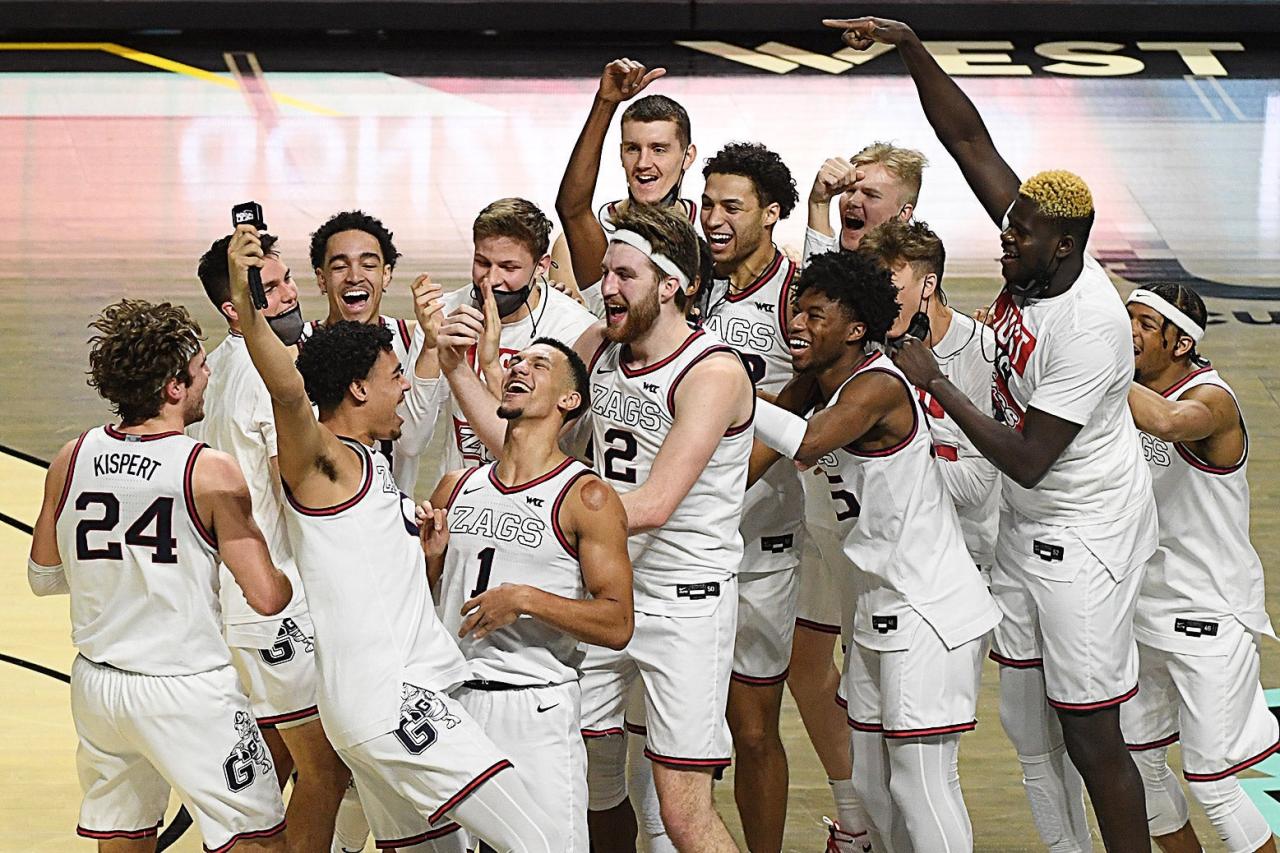
The safety and logistical aspects of transporting a large team like Gonzaga’s basketball program require meticulous planning and coordination. Several key elements contribute to the successful execution of these travel arrangements.
Rigorous safety protocols are implemented, including pre-flight aircraft inspections, adherence to all FAA regulations, and emergency preparedness training for team personnel. The team works closely with the charter airline to ensure that all safety measures are met and exceeded.
So, you’re curious about the Gonzaga basketball team’s travel arrangements, right? Their plane probably isn’t as flashy as the amazing light show you’d see at something like the shanghai new year drone show , but it gets the job done. Think of it – a coordinated team effort on the court versus a coordinated drone display in the sky; both require precision and planning! Back to Gonzaga, though – I bet their plane has comfy seats at least.
Transporting the entire team, coaching staff, equipment (including basketballs, uniforms, training gear), and support personnel requires careful planning. This involves coordinating baggage handling, securing adequate space on the aircraft, and ensuring all items arrive at the destination safely and on time.
Effective coordination is essential between the team, the charter airline, ground transportation providers, and the host institution. This includes managing flight schedules, ground transportation arrangements, hotel accommodations, and game-day logistics.
A hypothetical cross-country game itinerary might include: Departure from Spokane International Airport (GEG) at 8:00 AM PST on a chartered jet, arrival at the destination airport (e.g., John F. Kennedy International Airport (JFK)) at 11:00 AM EST, private bus transfer to the hotel, afternoon practice, evening game, and return flight the following day.
Economic and Environmental Impacts of Gonzaga Basketball Air Travel
The economic and environmental implications of Gonzaga’s extensive air travel warrant careful consideration. While chartered flights contribute to the team’s success and generate revenue, they also have environmental consequences.
The economic impact is largely positive, as successful games and tournament appearances translate into increased ticket sales, merchandise revenue, media exposure, and donations. The team’s travel contributes to the local economies of the cities they visit.
However, the environmental impact is significant due to the carbon emissions associated with air travel. The team’s extensive travel schedule results in a considerable carbon footprint. This needs to be balanced against the economic benefits and the alternative options available.
Comparing air travel to alternative transportation methods like buses or trains reveals a significant difference in both cost and environmental impact. Air travel is considerably faster but much more expensive and generates substantially more greenhouse gas emissions.
| Transportation Method | Estimated Cost | Estimated CO2 Emissions (per passenger) | Travel Time (hypothetical 2000-mile trip) |
|---|---|---|---|
| Chartered Jet | $High | High | ~4-6 hours |
| Commercial Flight | $Medium | Medium | ~6-8 hours |
| Bus | $Low | Low | ~30-40 hours |
| Train | $Medium-Low | Medium-Low | ~20-30 hours |
Public Perception and Media Coverage of Gonzaga Basketball Air Travel
Gonzaga’s use of chartered flights has received both positive and negative media attention. While some see it as a necessary investment in the team’s success, others criticize its environmental impact.
So, you’re curious about the Gonzaga basketball team’s travel arrangements, right? Their plane probably isn’t as flashy as the tech used in the amazing shanghai new year drone show , which I saw featured some incredible aerial choreography. But, thinking about it, the Gonzaga team’s plane probably gets them to games just as efficiently, even without the dazzling lights!
Media coverage has highlighted both the logistical aspects of team travel and the economic and environmental consequences. Articles and broadcasts have discussed the team’s travel schedule, the types of aircraft used, and the cost involved.
Public perception is mixed. Some fans appreciate the team’s commitment to ensuring optimal player performance and minimizing travel fatigue, while others express concern about the environmental impact of frequent flights. Comparing this to other successful college basketball programs reveals a range of travel practices, some more environmentally conscious than others.
A hypothetical media release addressing environmental concerns might highlight the team’s commitment to sustainability, including exploring carbon offsetting programs or partnerships with environmentally conscious organizations.
The Role of Sponsors and Funding in Gonzaga Basketball Air Travel
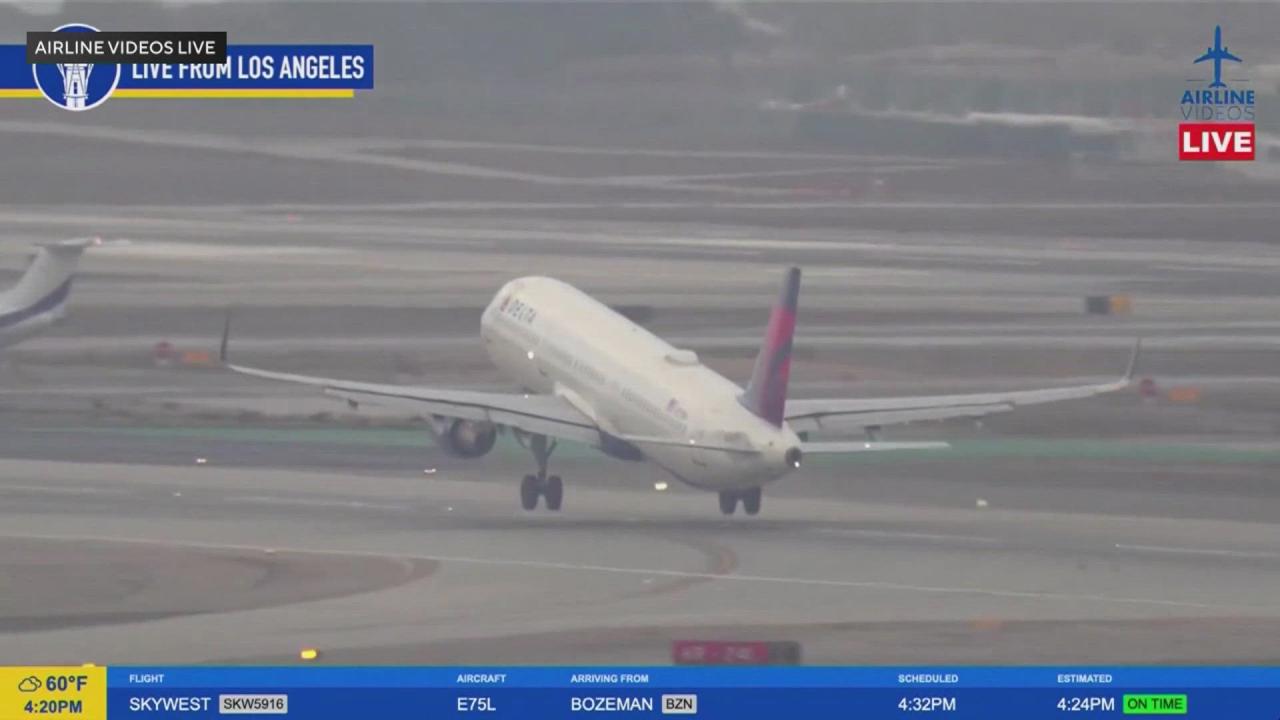
The significant cost of chartering flights and covering other travel expenses is largely offset through a combination of funding sources.
Sponsors play a crucial role in funding Gonzaga’s travel, with various companies providing financial support in exchange for advertising and brand exposure. Donations from alumni and university funds also contribute significantly to the budget.
Comparing Gonzaga’s funding strategies to other successful programs reveals a range of approaches, from reliance on sponsorships to greater emphasis on university funding. The specific mix of funding sources often reflects the size and financial resources of the institution.
A hypothetical budget breakdown for a single season’s air travel might allocate a substantial portion to charter flights, with smaller amounts for ground transportation, hotel accommodations, and other travel-related expenses.
Fan Experiences Related to Gonzaga Basketball Air Travel, Gonzaga basketball plane
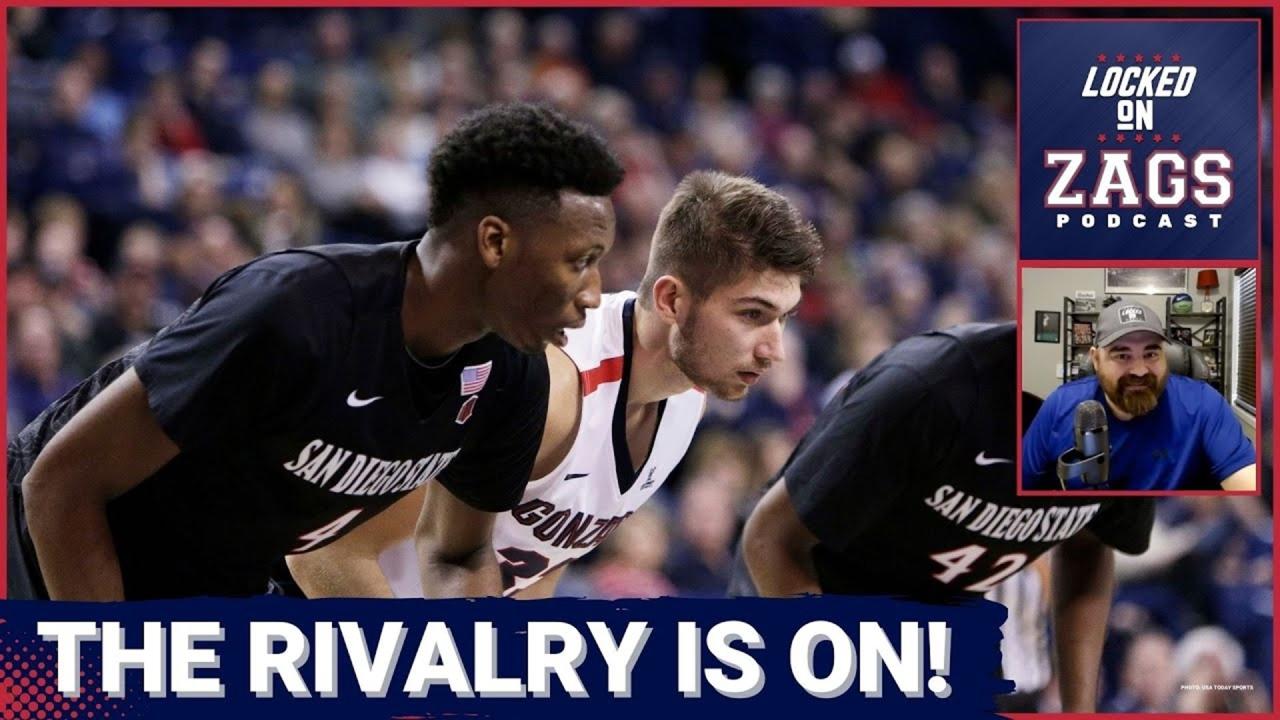
For many Gonzaga fans, the excitement of attending away games is amplified by the travel experience itself. Air travel offers a unique opportunity to connect with fellow fans and share the journey to support the team.
Anecdotes from fans who have flown to games often describe the shared enthusiasm and camaraderie amongst fellow travelers. The atmosphere on flights is frequently described as electric, with fans anticipating the upcoming game and engaging in spirited discussions.
Comparing the experiences of fans who fly to those who travel by car or bus highlights the convenience and speed of air travel. Flying allows fans to attend more games, especially those farther away, and reduces travel time significantly.
Potential fan experiences related to team travel could include airport meet-and-greets with players or coaches, special travel packages that include flights and game tickets, or exclusive events for fans traveling by air.
Conclusion
From the historical evolution of Gonzaga’s air travel to the contemporary challenges and considerations, this overview highlights the multifaceted nature of transporting a successful college basketball team. The interplay of logistics, economics, environmental responsibility, and public perception paints a fascinating picture. Understanding these elements provides a deeper appreciation for the dedication and resources required to maintain a top-tier college basketball program like Gonzaga’s.
User Queries
What types of aircraft does Gonzaga typically use?
The specific aircraft varies, but Gonzaga often utilizes larger chartered planes capable of accommodating the entire team, coaching staff, and equipment.
So, you’re curious about the Gonzaga basketball team’s travel arrangements, right? Their plane rides are probably pretty smooth, unlike the intense situations depicted in the South Korean survival drama, check out if squid game histoire vraie is actually based on a real-life story. It’s a wild contrast to the relatively calm world of college basketball, but both highlight the pressures of competition in different ways, right?
Getting back to Gonzaga, I bet their pre-game meals are much more relaxed than anything you’d see on that show.
How are flight costs covered?
Funding likely comes from a combination of sources, including athletic department budgets, sponsorships, and possibly donations.
Does Gonzaga consider alternative transportation methods?
While air travel is currently the norm due to efficiency, the team may explore more sustainable options in the future, especially for shorter distances.
What safety measures are in place during flights?
Gonzaga likely adheres to strict safety protocols, including thorough pre-flight checks, emergency preparedness, and adherence to all FAA regulations.
